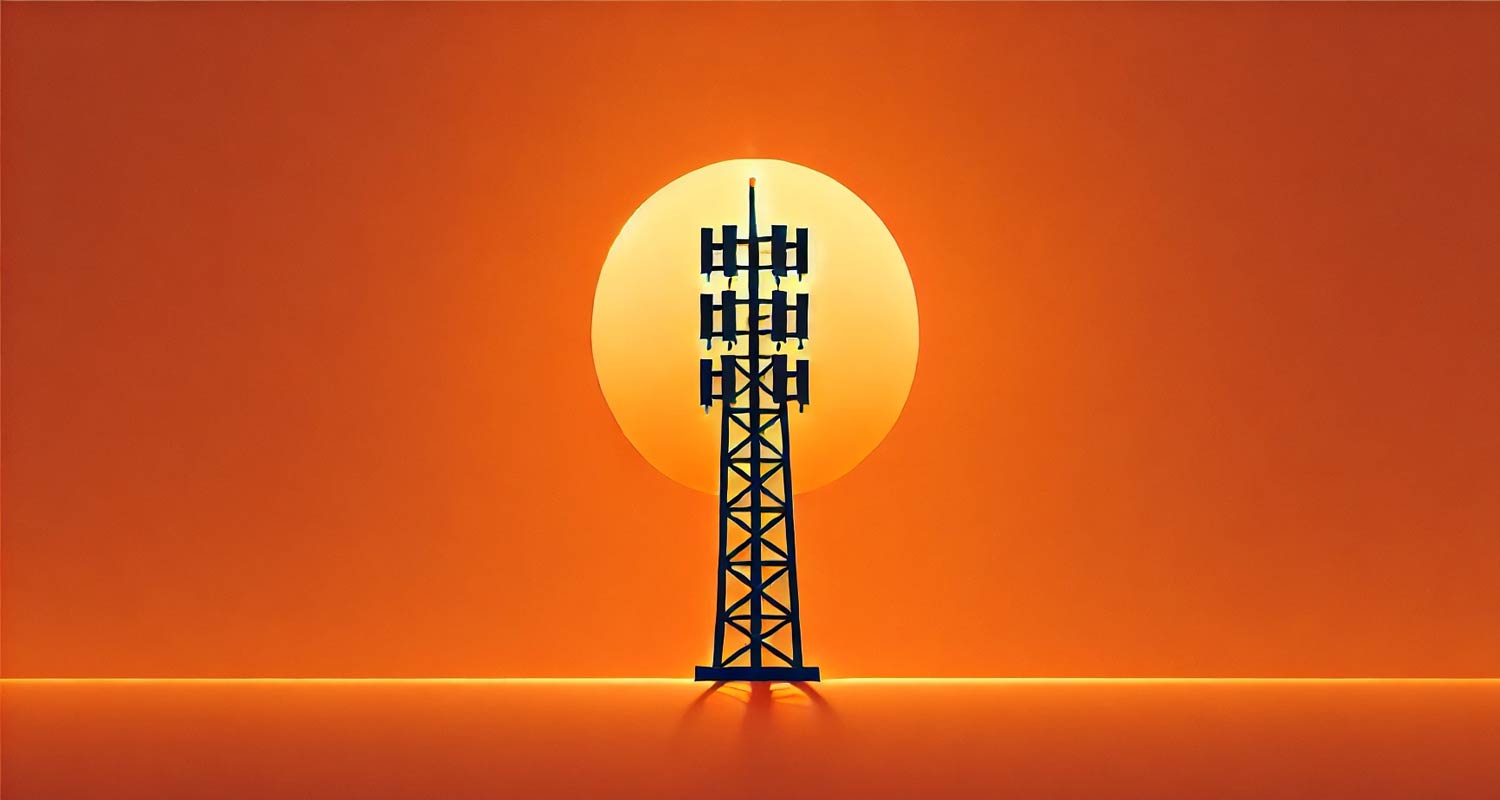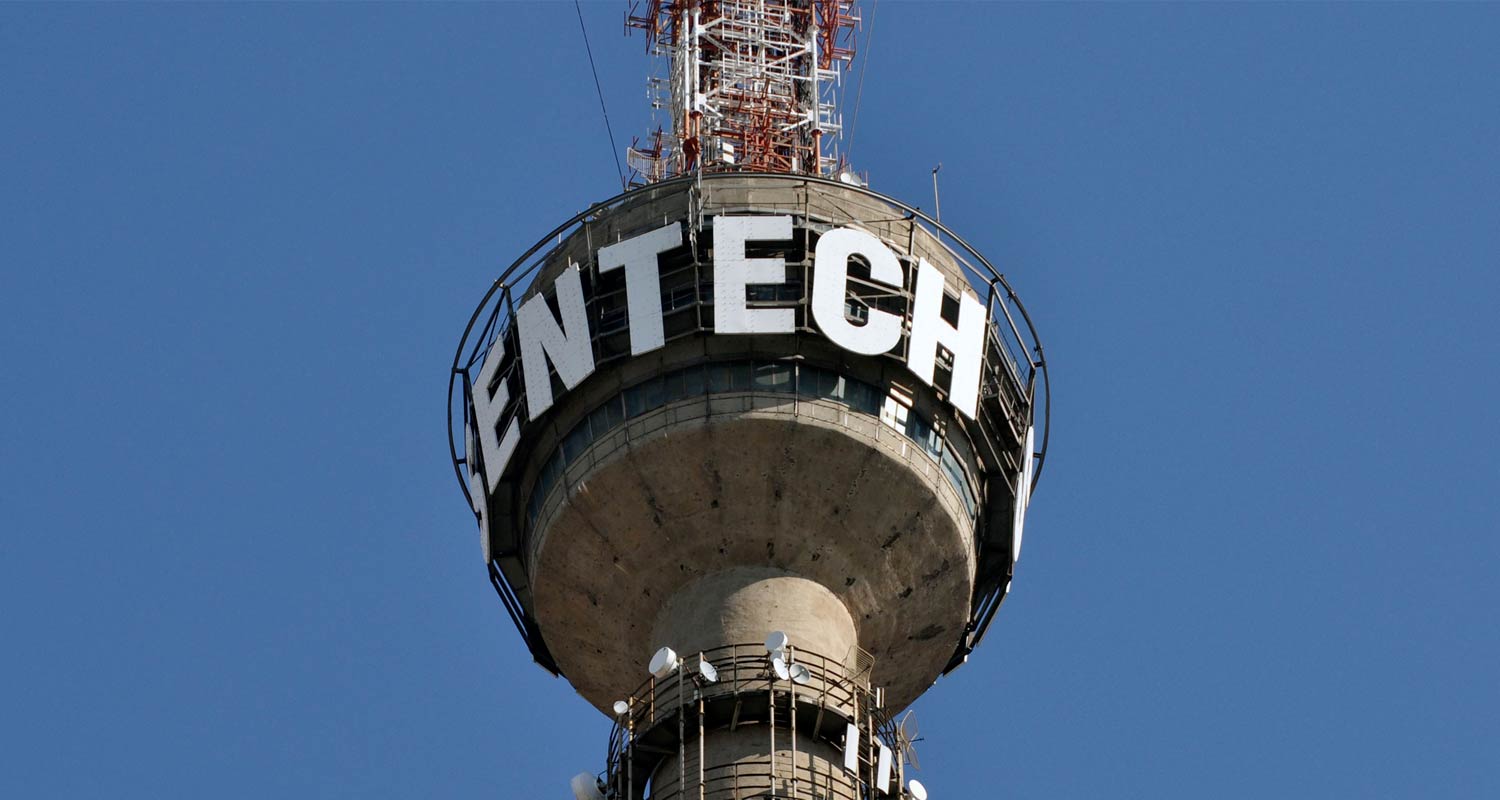 Is 5G Broadcast (5GB) the future of terrestrial television, replacing digital terrestrial TV (DTT)? There is significant excitement about just this possibility.
Is 5G Broadcast (5GB) the future of terrestrial television, replacing digital terrestrial TV (DTT)? There is significant excitement about just this possibility.
In written submissions to an Icasa inquiry into the future of digital terrestrial broadcasting in South Africa, both MultiChoice Group and eMedia mentioned 5G Broadcast as an important technology for the communications regulator to consider as it seeks to amend DTT regulations introduced in 2012.
But what exactly is 5G Broadcast and how will its introduction affect the local broadcasting landscape, especially regarding the allocation of scare spectrum in the sub-694MHz bands – traditionally used for analogue broadcasting?
“5G Broadcast is based on the 3rd Generation Partnership Project (3GPP) LTE-based 5G Terrestrial Broadcast Service standard. It enables the distribution of linear media content via large radio cells with a radius of up to 60km. A single data stream is broadcast using a high-tower, high-power transmitter. All mobile devices within the coverage area of this transmitter can receive the programmes distributed via this data stream,” explained an article by ORS Group. ORS is a terrestrial signal distribution company – similar to Sentech – that has been testing 5GB technology in Europe since 2020.
Unlike static broadcasting standards of yesteryear, 5G Broadcast is designed to cater for users who mostly consume content via mobile devices. Consumers will benefit from 5GB by being able to stream content without the need for a Sim card or Wi-Fi connection since their data bundles are not used to receive the broadcast. Rather, 5GB uses limited bandwidth to deliver high-quality broadcasts to many users at once.
Hurdles
Public broadcasters in Austria, Ireland, the Netherlands, Germany, Italy and France signed a cooperation agreement in 2023 to set aside ultra-high-frequency spectrum in the 470MHz to 694MHz bands for 5GB. Use of these frequencies to stream broadcast content, especially during live events such as sports matches and concerts, can free up spectrum used by mobile operators and alleviate some of the network congestion live events usually cause.
The close link between 5G for mobile broadband and 5G broadcasts also opens up opportunities for mobile operators to offer broadcasting services without the need to change their network equipment (assuming 5G implementation is far down the road).
Read: DTT has failed in South Africa – now scrap it, says eMedia
But South Africa has several hurdles to overcome before 5G Broadcast can become a reality, with device penetration chief among them. Device penetration is one of many issues hampering the long-delayed progression of the migration to DTT in South Africa. At the core of the issue is affordability, with millions of South African households unable to bear the cost of the set-top box required to access digital – instead of analogue – transmissions.
In a similar vein, 5GB also requires devices that have the appropriate chipset to interpret the incoming 5G signal, leading to similar device affordability issues.

“You need a software-defined radio (SDR) or a smartphone with the needed decoding circuitry, and those phones don’t exist yet. Will phone designers add that without a clear demand or need for it, in a classic ‘chicken and egg’ dilemma? Every added function increases cost, design complexity and power consumption, three big barriers in an already crowded and power-hungry device,” according to an article on Planet Analog, an online community for semiconductor and system designers.
eMedia CEO Khaliq Sherrif told Icasa last week that South Africa may have to scrap DTT and “leapfrog” to 5G Broadcast. This, however, this may be difficult to achieve considering the number of South Africans still reliant on analogue broadcast signals. Analogue and 5GB signals cannot coexist in the same spectrum.
“It may be that we can skip this DTT medium and move on to the latest technology. The world has moved on to HD, 4K, 8K and the like, and we want to hold onto DTT, which, in the main, broadcasts in standard definition,” Sherrif told a panel of Icasa councillors at last week’s public hearings.
MultiChoice, on the other hand, argued that the full band from 470MHz to 694MHz should be allocated to DTT, including 5GB. This proposal, however, still leaves the issue of analogue-dependent users unresolved.
“Icasa must ensure that space is left to accommodate new services such as 5G Broadcast, as well as trial new services and provide special events broadcasts,” said MultiChoice. – © 2024 NewsCentral Media




